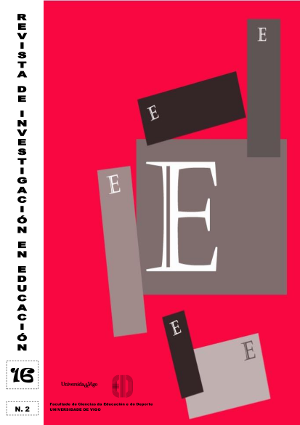Metric propierties and dimensional structure of an instrument used to asses verbal creativity in Elementary Education students
Keywords:
Prueba de Creatividad, Creatividad Verbal, Educación Primaria, Validez de Constructo, Estructura Factorial.Abstract
Up to this moment in time, the widely accepted tests that have been used to assess verbal creativity show obvious limitations with regards to the non assessment of important categories related to the creation of a text, factors such as whether the text flows or not, its verbal harmony, as well as the use of linguistic resources or word games. This is why we are putting forward an assessment instrument in order to measure creativity, called the Verbal Creativity Test (VCT). The research, of a mixed nature was carried out in two schools in the Region of Murcia, schools that cater specifically for gifted students. Non probability accidental or convenience sampling investigation methods were used. A total of 457 pupils took part in the test. A factual exploratory analysis was done on the VCT, the adjustments to which were later carried out by means of a confirming factual analysis. Factors to be taken into account are established (narrative and linguistic). As regards the confirming factual analysis, the criteria used when assessing narrative included five factors: imagination, transparency, originality, flexibility and development. The different adjustment indexes as well as the average approximate error correction model allow us to prove that the proposed model related to the factorial structure of the scale is sustainable and feasible. The test is easy to use and its simplicity allows teachers to assess the students’ levels of creativity while at the same time encouraging the development of verbal creativity and taking into account the development of this skill during classes by means of assessment rubrics.
Downloads
Downloads
Published
Issue
Section
License
The acceptance of the papers for publication, means that the printing and reproduction rights are owned by the journal. The conditions of use and reuse of content are those established in the Creative Commons CC BY-NC-ND 4.0 license.



